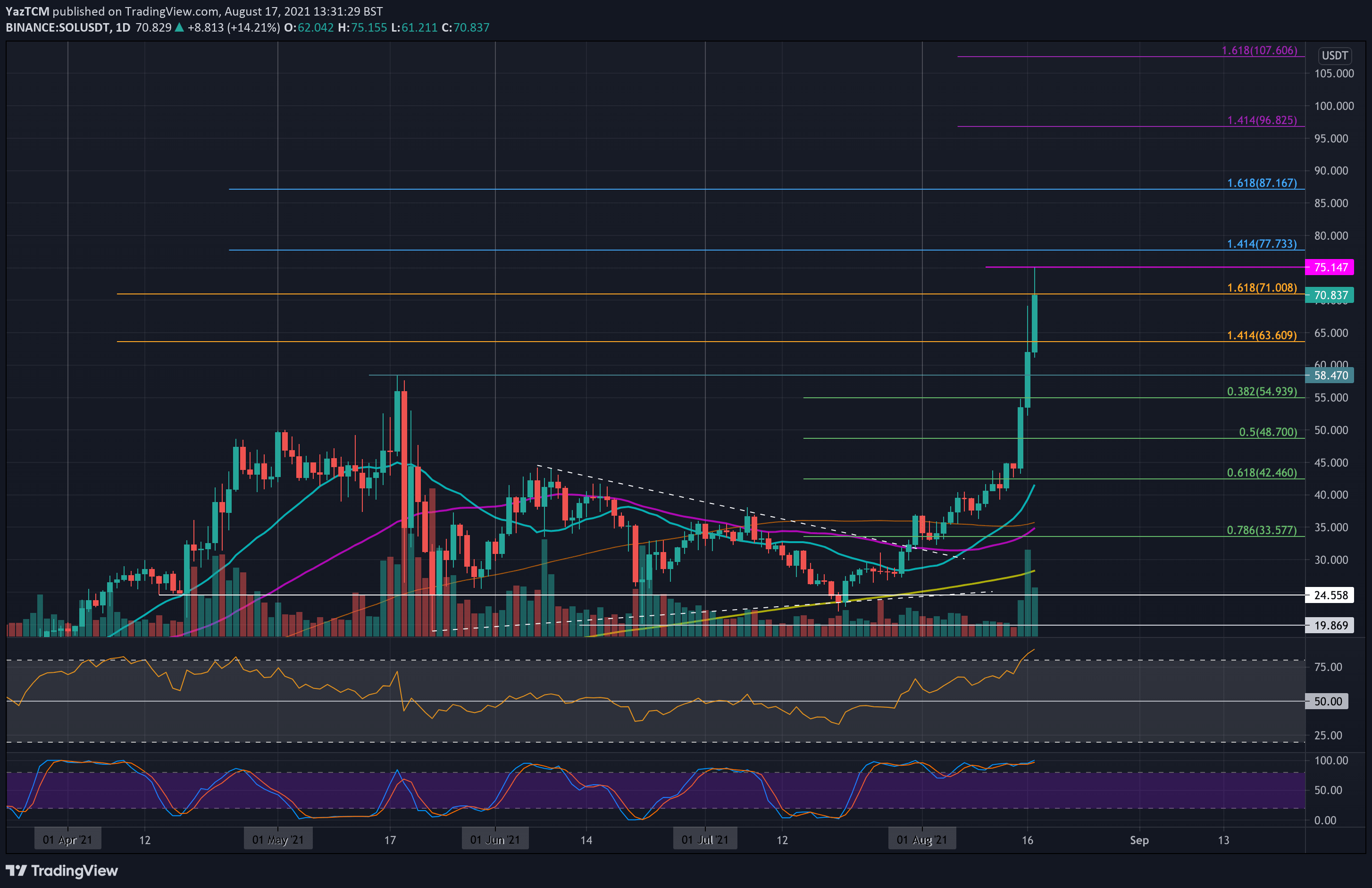Here’s a Timeline of Events Leading to Spot Bitcoin ETF Approval in The US
Earlier this week, a long wait for the launch of a spot Bitcoin exchange-traded fund (ETF) in the United States ended after the Securities and Exchange Commission (SEC) approved 11 products for listing and trading on several national exchanges.
The journey began ten years ago, and there are industry participants who laid the foundation for the SEC’s decision, which now represents a major step toward legitimizing the crypto asset class.
The First Application and Rejection
In 2013, Cameron and Tyler Winklevoss, co-founders of the crypto exchange Gemini, applied with the SEC to launch a spot Bitcoin ETF for the first time. The same year, crypto asset management firm Grayscale Investments launched its Bitcoin Investment Trust (GBTC), an open-ended private Bitcoin trust.
After several adjustments to their application, the SEC rejected the Winklevoss twins’ request in 2017 on the grounds that bitcoin markets were not mature enough. Within the same period, Grayscale, which had filed with the Commission to convert GBTC into a spot Bitcoin ETF the year before, withdrew its application, citing underdevelopment of the regulatory environment.
The Winklevoss brothers went on to file a second application for a Bitcoin ETF in 2018 but encountered another rejection from the SEC within a month. At the time, the agency said BTC markets were prone to manipulation.
The Grayscale Court Ruling
Two years later, Grayscale transformed GBTC into an SEC-reporting entity with its shares trading on pink sheets, asset manager VanEck filed a proposal with the SEC to launch a spot Bitcoin ETF, and rival firm Bitwise withdrew an application filed in 2019 for a similar product.
In 2021, Bitwise filed another request, the SEC rejected VanEck’s proposal, and Gary Gensler replaced Jay Clinton as SEC chair. The same year, Grayscale filed another application with the SEC, but the agency approved the first U.S. futures Bitcoin ETF instead.
By 2022, the Commission had rejected applications from several asset managers, including SkyBridge, Fidelity, Bitwise, and Grayscale. Since Grayscale would not have the SEC’s decision, it dragged the agency to court, and in 2023, a federal appeals judge ordered the latter to reevaluate the application.
The False Approval
Before the landmark Grayscale ruling, asset managers like Ark Invest, BlackRock, Fidelity, and Invesco had filed applications with the SEC to launch spot Bitcoin ETFs. While it appeared the SEC would reject the requests as it had done in the past years, the agency’s decision not to appeal the court’s ruling increased the likelihood that the opposite would be the case.
By the end of 2023, a total of 13 asset managers had filed for spot Bitcoin ETFs, and the deadline for the SEC’s decision was set on January 10.
As optimism around the SEC’s decision grew, the agency’s X account was compromised on January 9, 2024, and a tweet announcing the approval of all the applications was posted. However, the news was debunked within an hour as Gensler revealed that the post was unauthorized and the products had not been approved yet.
A Landmark Decision
Amid market volatility and speculation surrounding the spot Bitcoin ETF approvals, the SEC finally greenlighted the products on January 10. By the next day, the 11 ETFs started trading on several securities exchanges and amassed $4 billion in volumes with 700,000 trades.
The post Here’s a Timeline of Events Leading to Spot Bitcoin ETF Approval in The US appeared first on CryptoPotato.









